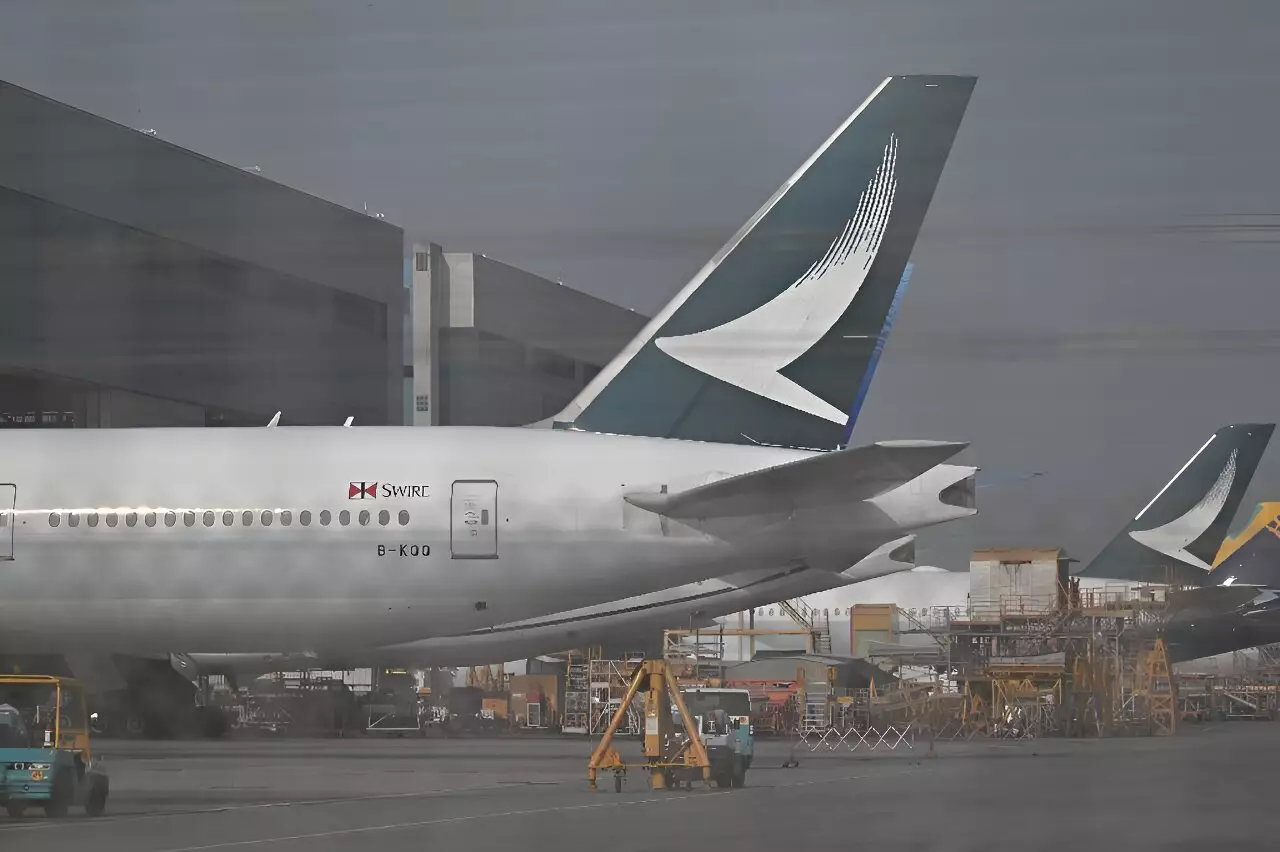After a recent engine fire on a Cathay Pacific flight, Europe’s aviation safety agency announced that inspections will be required for a portion of the fleet of Airbus A350 wide-body jets. The incident, which prompted the grounding of 48 planes by Cathay Pacific, has raised concerns about the safety of the A350 aircraft.
The European Union Aviation Safety Agency (EASA) has issued an emergency directive mandating inspections on A350-1000 aircraft powered by XWB-97 engines. There are currently 86 such planes in service worldwide. The inspections are focused on checking for damage to fuel hose connections inside the engines.
Executive director Florian Guillermet emphasized that the inspections are precautionary in nature. The in-flight engine fire that occurred shortly after take-off on the Cathay Pacific flight was promptly detected and extinguished. The incident is currently being investigated by the Air Accident Investigation Authority of Hong Kong (AAIA).
The directive will only apply to European airlines that operate the affected A350-1000 aircraft. However, other regulators in different countries may choose to enforce similar inspections. Rolls-Royce, the manufacturer of the engines, has launched a one-time precautionary engine inspection program to address the issue.
Following the Cathay Pacific incident, airlines in the region have started carrying out checks on their A350-900 and A350-1000 models. The safety concerns have also led to discussions about the durability and performance of the Trent XWB-97 engines. Shares in Airbus and Rolls-Royce have been impacted by the news.
The Airbus A350 is one of the largest aircraft produced by Airbus, with the A350-1000 version capable of carrying nearly 500 passengers. The aircraft has a long-range capability, with the “Sunrise” version ordered by Australian airline Qantas set to fly directly between Sydney and London. The A350 is considered a competitor to Boeing’s 787 Dreamliner.
The recent engine fire on a Cathay Pacific flight has raised concerns about the safety of the Airbus A350 fleet. The inspections mandated by EASA are a precautionary measure to ensure the continued safety of passengers and crew. Airlines and manufacturers are working together to address the issue and ensure the reliability of the A350 aircraft.


Leave a Reply